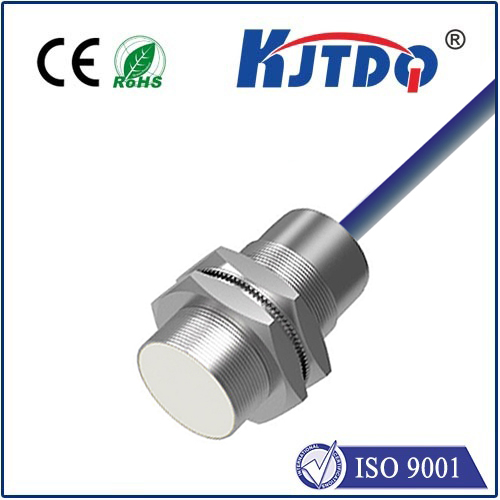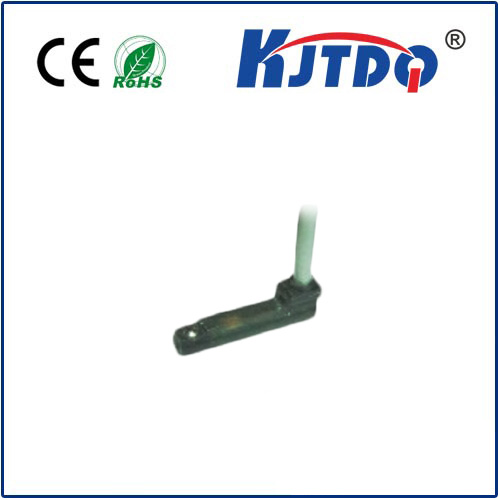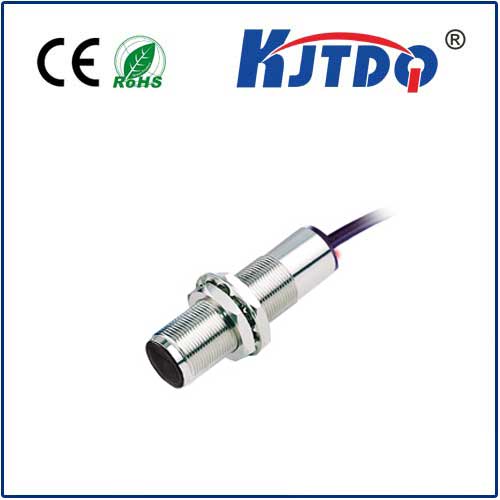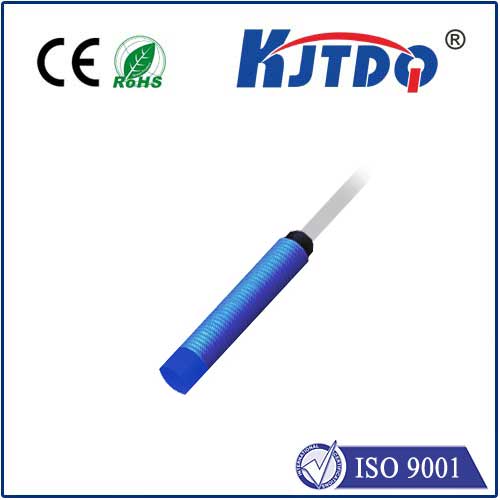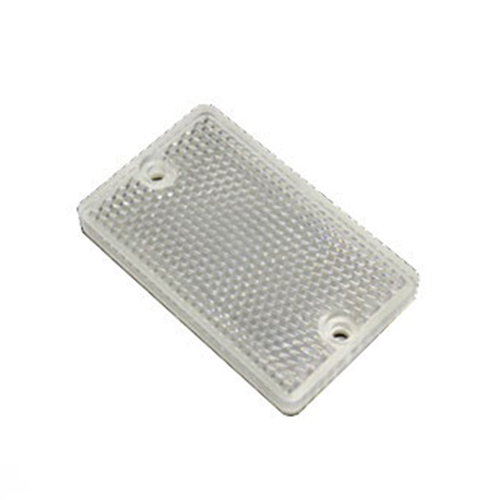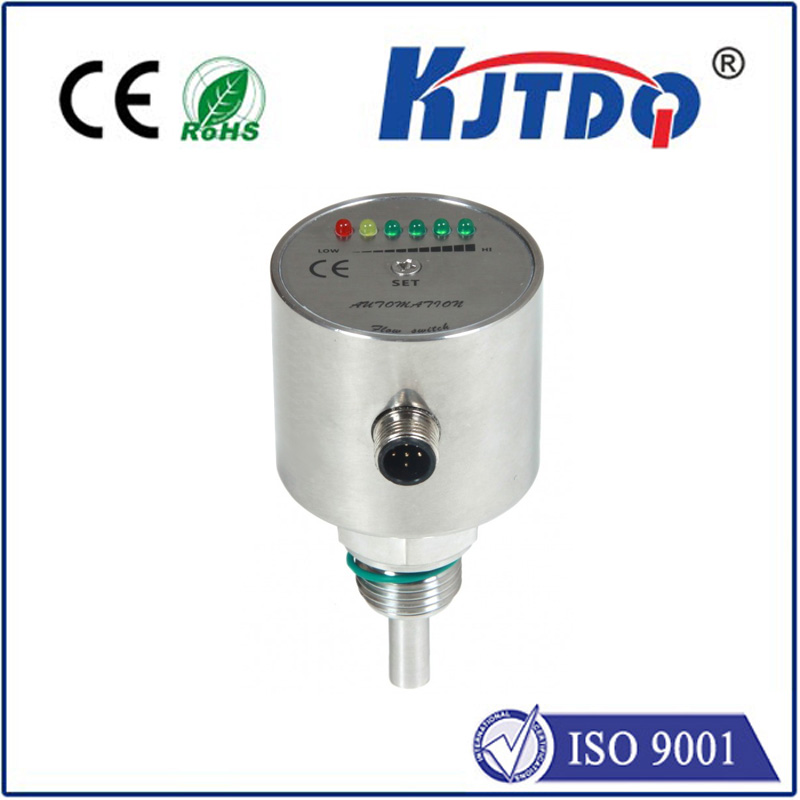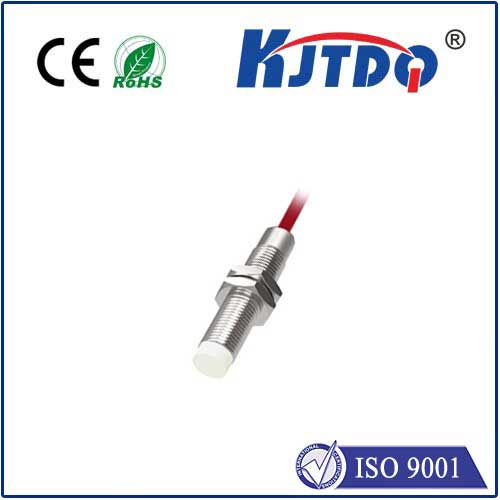

check

check

check

check

check

check

check

check

check

check
Photoelectric Safety Sensors: Ensuring a Safer Work Environment
Introduction:
Photoelectric safety sensors have become an essential part of modern industrial environments. They are designed to enhance workplace safety by detecting the presence of people, objects, or machinery and taking appropriate action to prevent accidents. In this article, we will explore the various types of photoelectric safety sensors, their applications, and how they contribute to creating a safer work environment.
Types of Photoelectric Safety Sensors:

There are two main types of photoelectric safety sensors - through-beam and retro-reflective. Through-beam sensors consist of a transmitter and receiver placed opposite each other, forming a beam between them. If anything interrupts this beam, the sensor triggers an output signal that can be used to initiate safety measures such as stopping machinery or activating an alarm. Retro-reflective sensors, on the other hand, use a single device with both the transmitter and receiver housed together. They work by bouncing light off a reflector surface, and if the light is interrupted, it triggers the output signal.
Applications of Photoelectric Safety Sensors:
Photoelectric safety sensors are widely used in various industries, including manufacturing, packaging, material handling, and automotive production. Some common applications include machine guarding, robotic cell safeguarding, conveyor monitoring, and door and gate safety. For example, in a manufacturing facility with heavy machinery, photoelectric safety sensors can be installed around hazardous areas to detect any unauthorized personnel entering and automatically shut down the machines to prevent injury. Similarly, in a warehouse setting, photoelectric safety sensors can monitor loading docks and doors to ensure employee safety while operating forklifts or moving products.
Benefits of Using Photoelectric Safety Sensors:
One significant advantage of using photoelectric safety sensors is their ability to provide real-time monitoring and instantaneous responses to potential hazards. This helps reduce the risk of accidents and injuries, thereby improving overall workplace safety. Additionally, these sensors are highly reliable and accurate, making them ideal for critical safety applications. They also offer ease of installation and integration into existing safety systems, allowing businesses to upgrade their safety measures without major disruptions to operations.
Conclusion:
In conclusion, photoelectric safety sensors play a crucial role in ensuring safe working environments across various industries. With their advanced technology and versatile applications, these sensors help protect employees from harm while promoting efficient operations. By incorporating photoelectric safety sensors into their safety protocols, businesses can demonstrate their commitment to worker well-being and create a culture of safety that benefits everyone involved.


